| India is the largest cinnamon export market of Vietnam in the first 9 months of 2023. How to increase the value of cinnamon exports? |
This information was given at the 2023 Vietnam Cinnamon Industry Sustainable Development Workshop organized by the Ministry of Agriculture and Rural Development in coordination with other units on the morning of November 15.
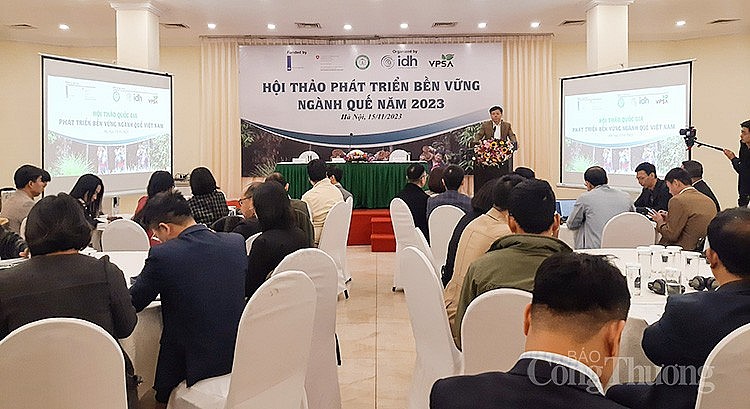 |
Speaking at the opening of the workshop, Mr. Trieu Van Luc - Deputy Director of the Department of Forestry (Ministry of Agriculture and Rural Development) - said that Vietnam is the third largest cinnamon producer and exporter in the world, accounting for 17% of the world's cinnamon market share with cinnamon export turnover in 2022 reaching about 300 million USD.
With an area of about 180,000 hectares, cinnamon cultivation is currently the livelihood of hundreds of thousands of ethnic minority households in remote provinces, while contributing to the socio-economic development of many localities. Cinnamon has many uses in production and life such as being used as a spice, flavoring, medicine, used to process food, raise livestock, poultry or used as fertilizer...
In addition to the achieved results, according to Mr. Trieu Van Luc, through monitoring, the potential advantages of the cinnamon industry have not been promoted commensurately. The reason is that production organization and value chain linkage are not yet available, and planting, care, processing and preservation techniques are still weak. In addition, there is still a lack of high-quality cinnamon products.
In addition to traditional markets such as the United States, India, China, Japan, etc., Vietnamese cinnamon, if it wants to enter the EU market, must have high quality cinnamon and meet the Deforestation Regulations set by the European Commission (EC). This is something that people must pay attention to when organizing cinnamon production.
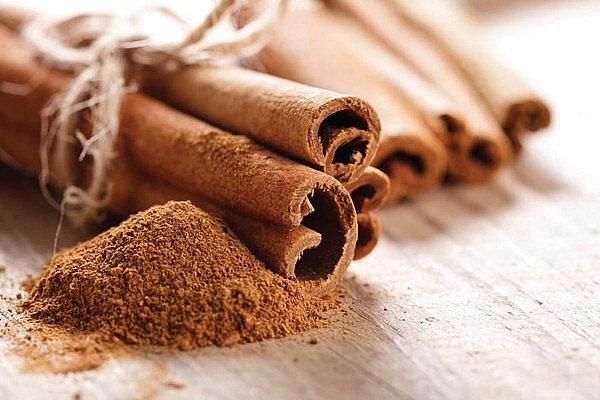 |
| Vietnam is the world's leading cinnamon exporting country. |
Ms. Hoang Thi Lien - President of the Vietnam Pepper and Spice Association (VPSA) - shared that in 2022, Vietnam will be the third country in the world in terms of cinnamon output, accounting for 17% and the number 1 cinnamon exporter in the world with a turnover of 292.2 million USD. There have been a number of enterprises investing in modern cinnamon processing factories, especially some FDI enterprises, but it is still not enough compared to the entire Vietnamese cinnamon industry. Currently, Vietnam's main cinnamon export markets are India, the United States, Bangladesh, Brazil, and Indonesia.
Regarding the problems of the Vietnamese cinnamon industry, Ms. Hoang Thi Lien said that Vietnam does not have a strategic orientation for sustainable development at the national level; lacks a mechanism to conduct research to promptly respond to market demands; residual chemicals glyphosate (found in herbicides) and chlorpyrifos (found in pesticides) and metal content: lead and mercury; seedling quality is still open, there is no research on original varieties; there is no organization to act as a focal point to connect organizations together, leading to individual programs of activities.
The organization of links between processing and exporting enterprises and cinnamon growers is still underdeveloped, although Vietnam has more than 600 companies operating in the spice sector, but they mainly do business. The supply chain has not been organized and implemented effectively, especially the formation of cooperatives and cooperatives to connect with enterprises.
Lack of technology and capital to invest in deep processing to increase product value; specialized technical capacity of agricultural and forestry extension has not met practical requirements, lack of experts and documents. There have been no studies to evaluate other potentials from cinnamon to promote value-added solutions, for example on carbon markets, value of cinnamon by-products, etc.
Cinnamon trees are affected by pests and diseases, and there is unreasonable exploitation and over-harvesting such as: Clear exploitation of young cinnamon areas; unscientific tree cutting and pruning... The area of organic cinnamon has begun to develop but is still very small, less than 7% of the total area, and the products are not yet diverse.
Giving directions for the development of the cinnamon industry, Mr. Trieu Van Luc also said that it is necessary to determine land funds and the scale of growing areas; perfect institutions, policies, and specific mechanisms for cinnamon; research, select, create, and produce cinnamon varieties; develop raw material areas; organize production, develop preliminary processing and processing facilities, and product consumption markets.
At the workshop, the Department of Forestry read the Decision of the Ministry of Agriculture and Rural Development to adjust the Public-Private Partnership (PPP) Working Group on Pepper into the Public-Private Partnership (PPP) Working Group on Pepper and Spices; and introduced the co-chairs of the PPP Group of the cinnamon sub-committee.
Attending the workshop, Ms. Laura Shumow - Executive Director, American Spice Trade Association (ASTA) updated the new regulations related to cinnamon export to the US market. Representatives of the Sustainable Spice Initiative (SSI) Forum shared a lot of useful information about the new requirements of Europe when importing cinnamon such as regulations related to "Business Due Diligence". In addition, domestic enterprises also shared many models of linking farmers in building the cinnamon value chain with difficulties and proposed interventions.
Mr. Jan Gilhuis - Secretary General of the Sustainable Spice Initiative (SSI) Forum - said that Vietnamese cinnamon is an extremely important source of raw materials for SSI members and SSI is committed and proud to accompany the public-private partnership group to contribute to the sustainable development of the Vietnamese cinnamon industry.
According to Mr. Huynh Tien Dung - Country Director of IDH in Vietnam, the public and private sectors have not just started discussing cooperation and support for the cinnamon industry. In the past, with the connection of IDH and a number of non-governmental organizations, the public and private sectors have coordinated to implement many dialogue activities, cooperated to develop training materials for farmers, coordinated with cinnamon companies to implement many projects linking sustainable cinnamon production, piloted carbon emission measurement tools in the cinnamon supply chain, etc. However, the official decision of the Ministry of Agriculture and Rural Development has raised the level of commitment to public-private partnership to a new, more comprehensive level.
Source link





![[Photo] Closing of the 11th Conference of the 13th Central Committee of the Communist Party of Vietnam](https://vstatic.vietnam.vn/vietnam/resource/IMAGE/2025/4/12/114b57fe6e9b4814a5ddfacf6dfe5b7f)
![[Photo] Overcoming all difficulties, speeding up construction progress of Hoa Binh Hydropower Plant Expansion Project](https://vstatic.vietnam.vn/vietnam/resource/IMAGE/2025/4/12/bff04b551e98484c84d74c8faa3526e0)


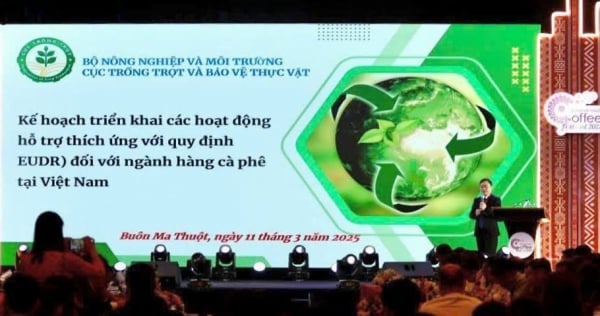
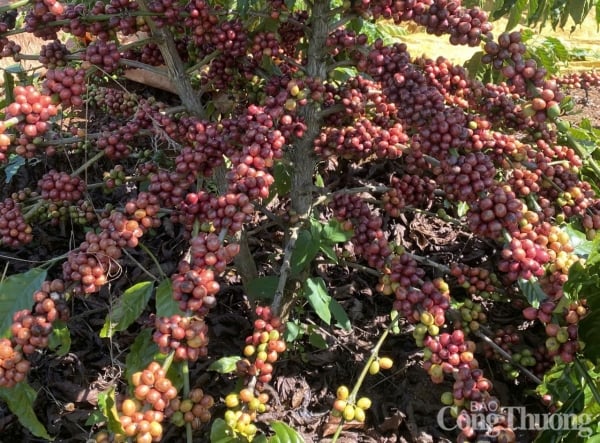
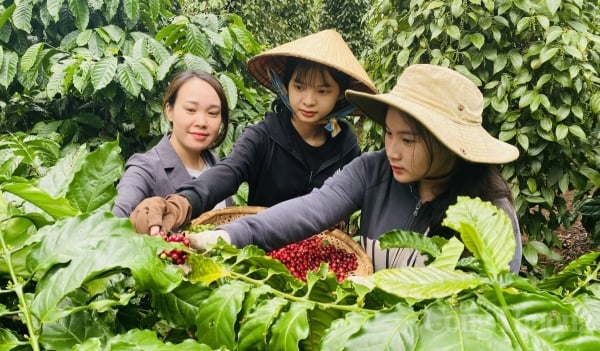
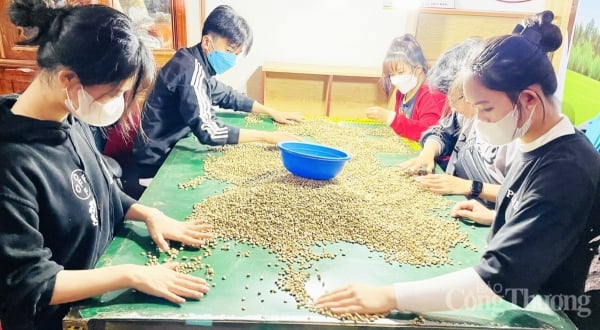
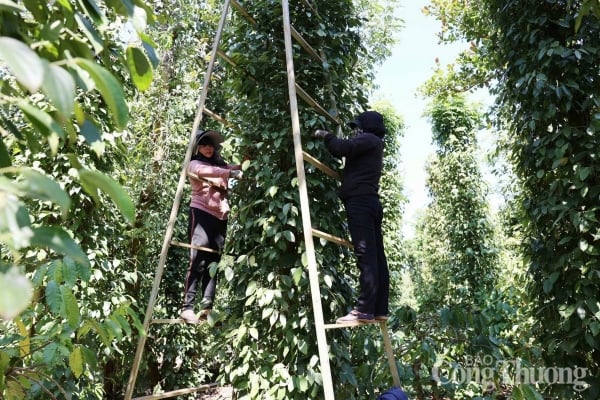
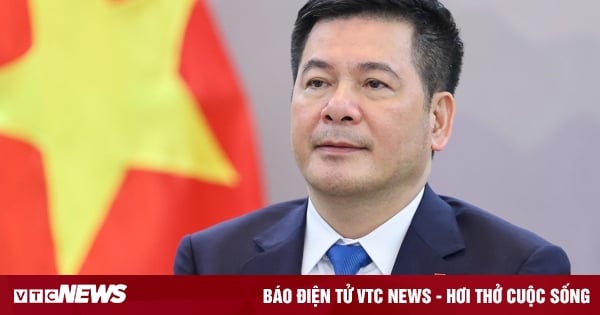


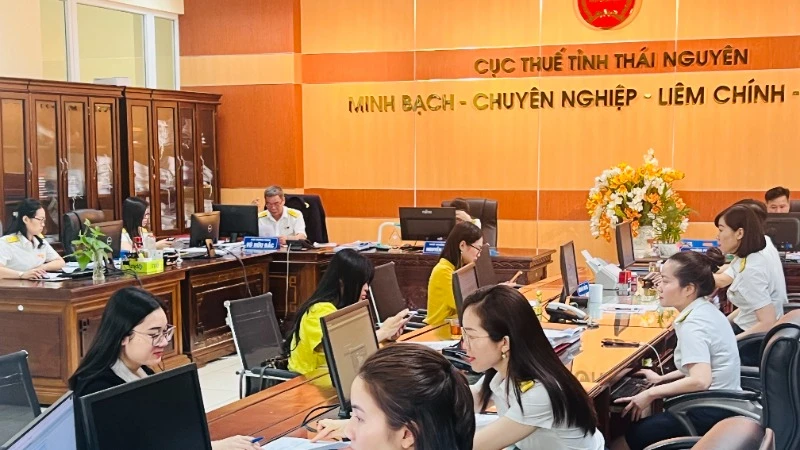
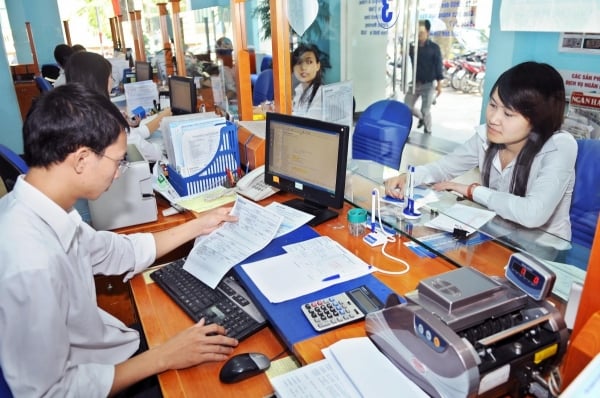
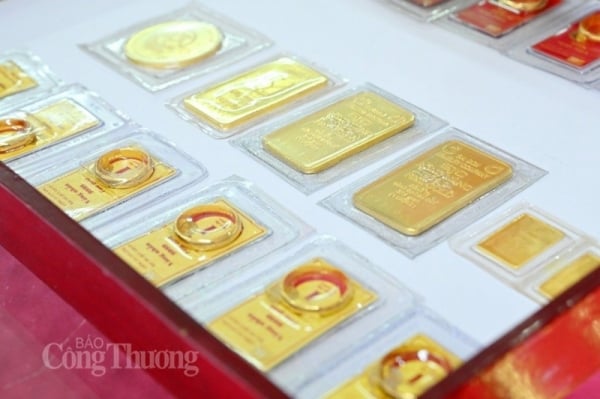



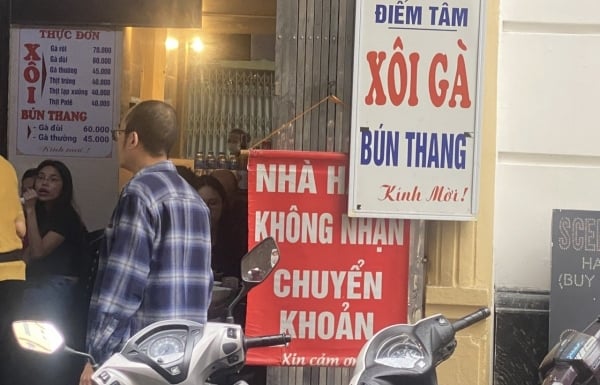

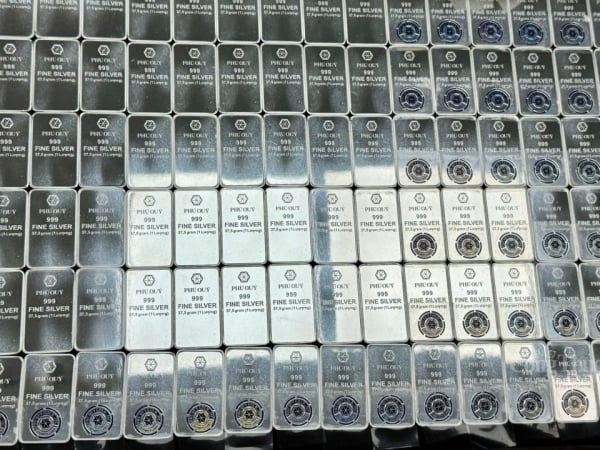
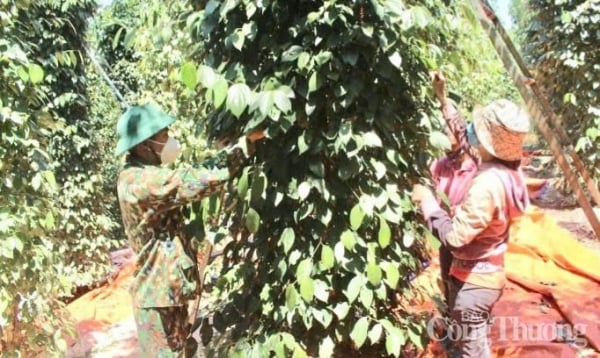
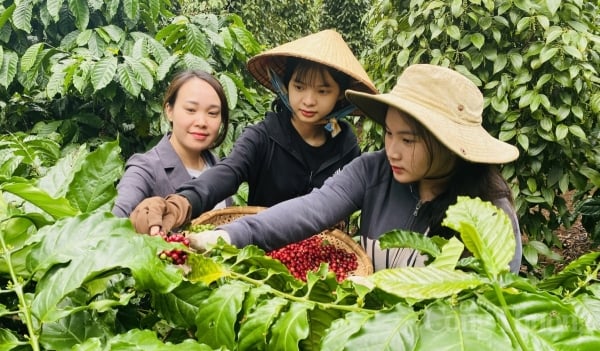
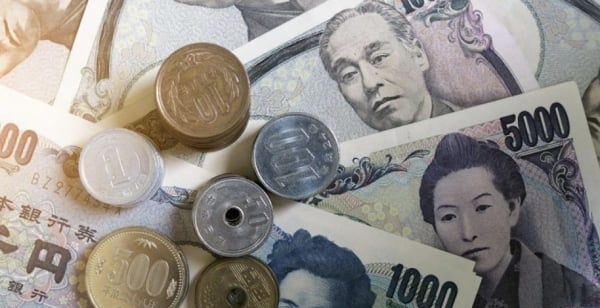

















































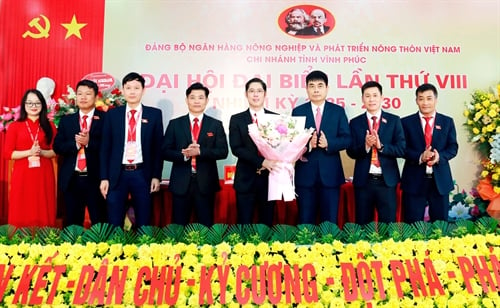



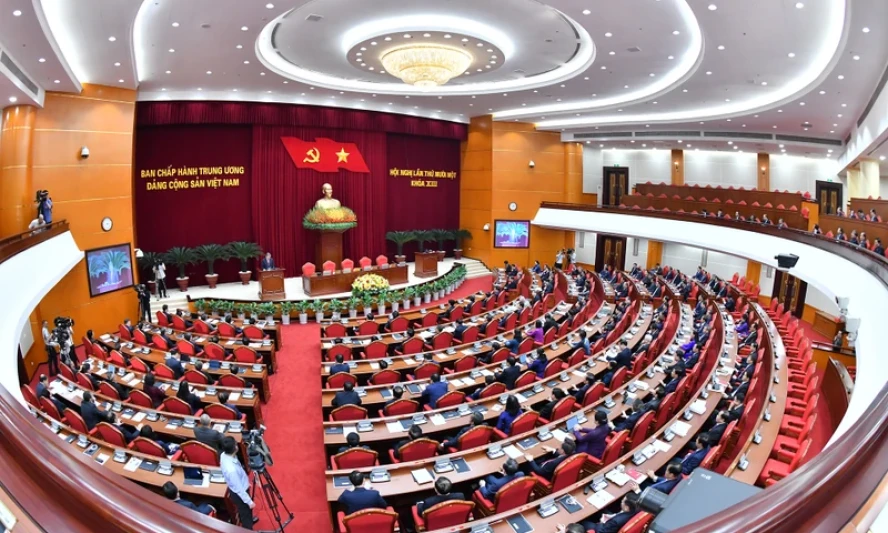











Comment (0)